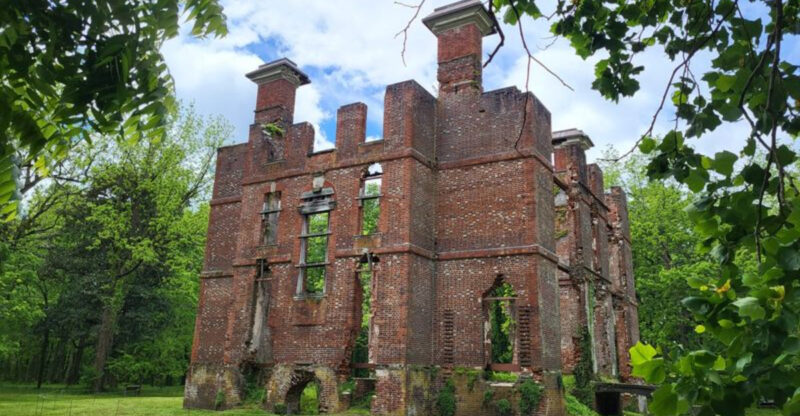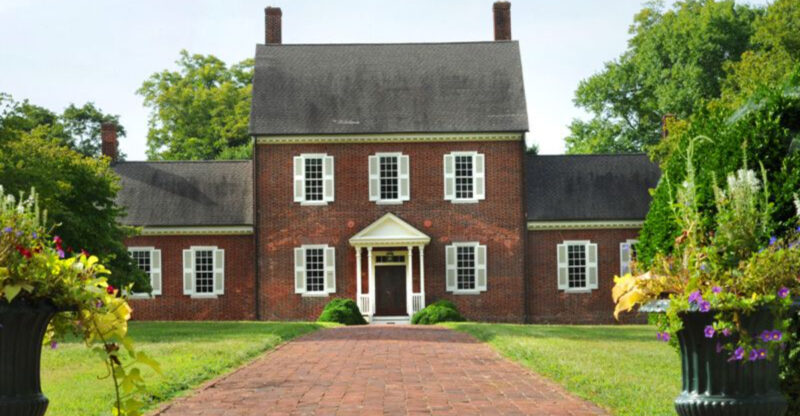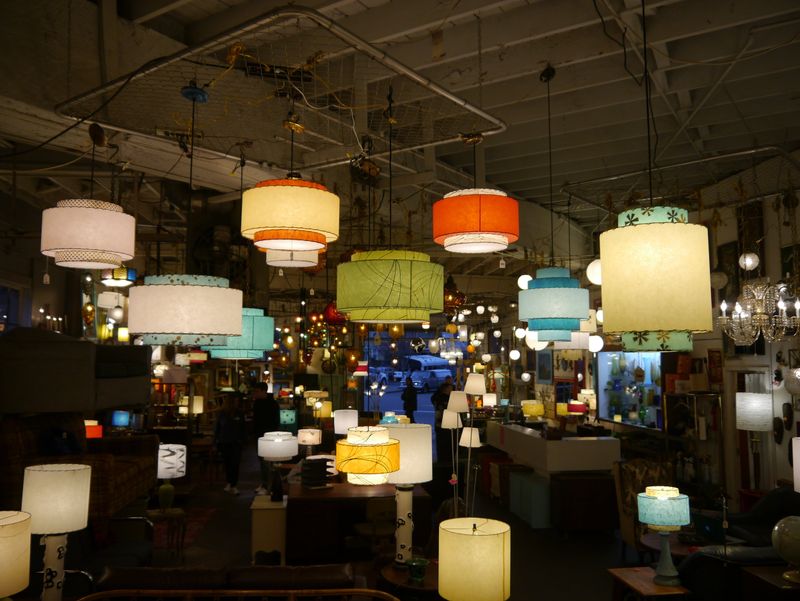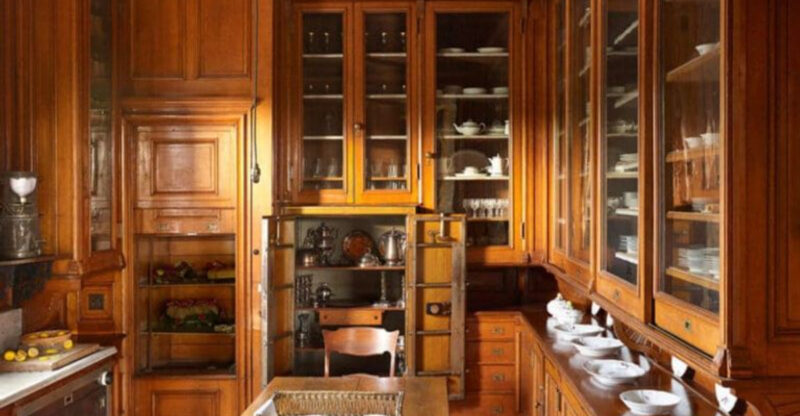Inside 20 Newport Mansions That Defined Gilded Age Excess
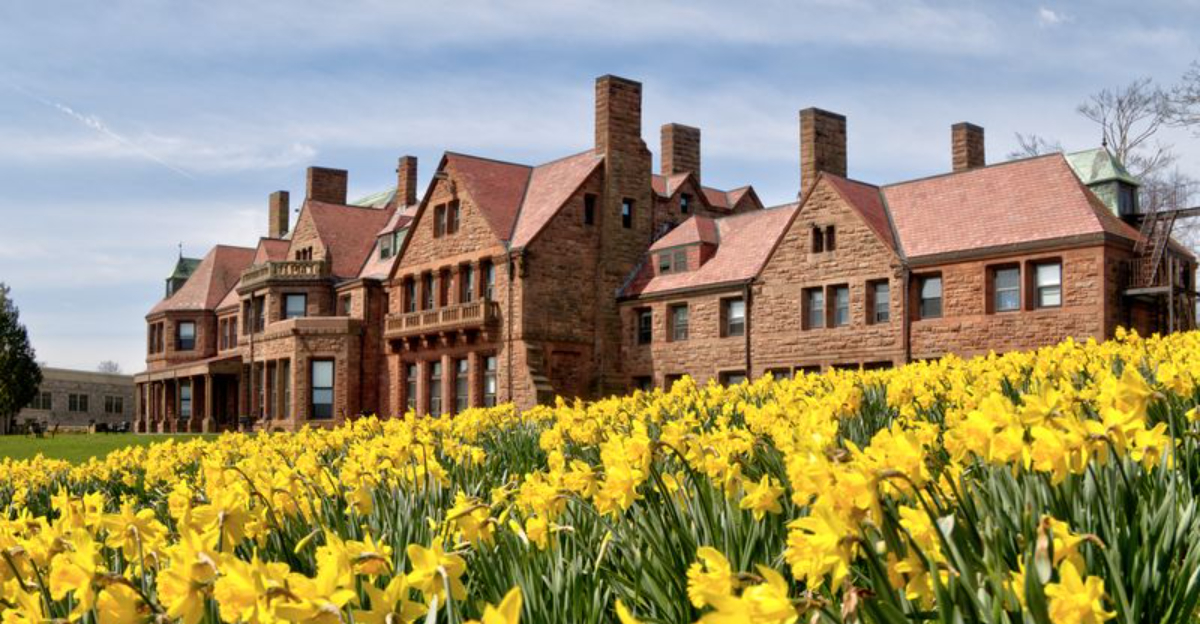
Newport, Rhode Island became America’s playground for the ultra-wealthy during the late 19th century. These magnificent mansions, called ‘summer cottages’ by their millionaire owners, showcased unimaginable luxury and opulence.
From marble halls to gold-plated ceilings, these architectural marvels give us a glimpse into an era when America’s richest families competed to build the most extravagant homes imaginable.
1. The Breakers
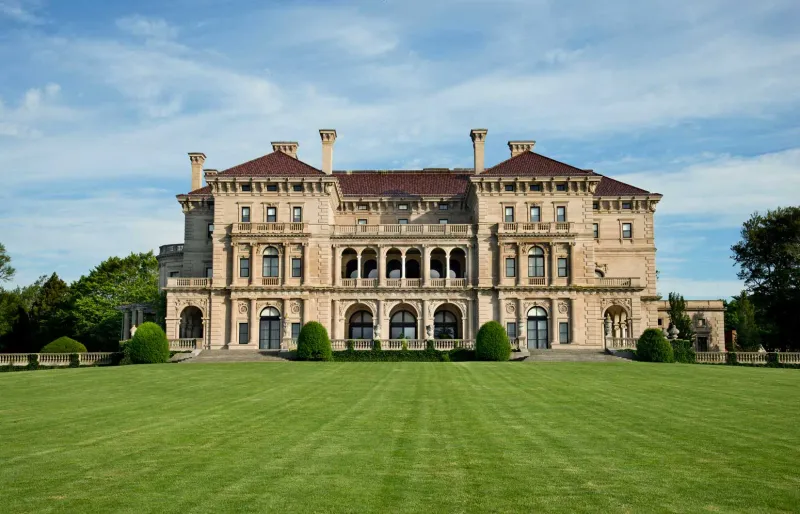
Commissioned by Cornelius Vanderbilt II in 1893, this Italian Renaissance-style palace stands as Newport’s grandest summer home.
Spanning 70 rooms across 125,000 square feet, its limestone exterior and platinum-leafed panels reflect staggering wealth. The Great Hall soars 50 feet high with imported marble and mosaics crafted by international artisans.
2. Marble House
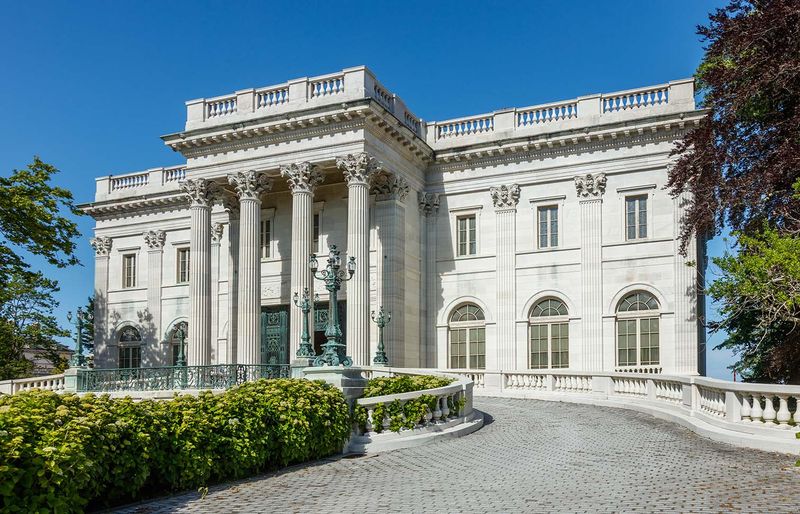
Gold-plated everything defines this gleaming monument to excess. Built in 1892 for $11 million (equivalent to $300+ million today), William K. Vanderbilt gifted this palace to his wife Alva.
The jaw-dropping Gold Room features 22-karat gold leaf covering every surface, while 500,000 cubic feet of marble were imported from Italy and Africa.
3. Rosecliff
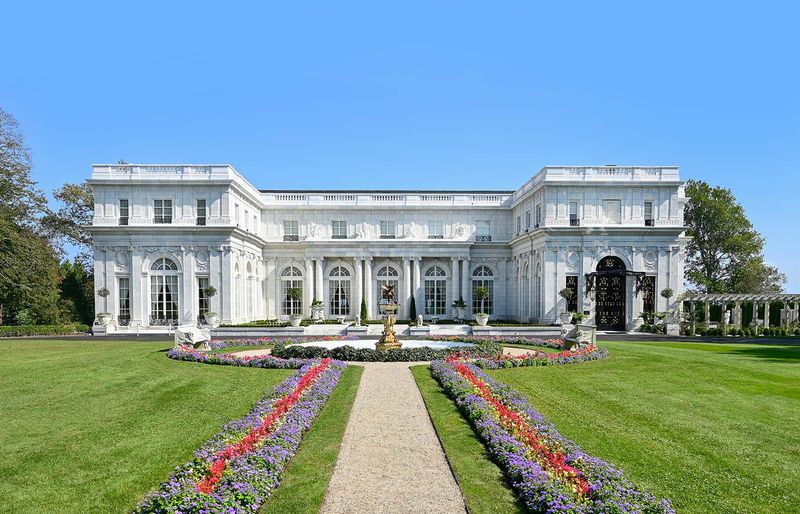
Modeled after the Grand Trianon at Versailles, this magnificent white terracotta mansion hosted legendary parties. Commissioned by silver heiress Theresa Fair Oelrichs in 1899, its heart-stopping ballroom stretches 40 feet wide by 80 feet long.
Famous for its extravagant entertainments, including a party where guests’ dinner companions were determined by matching butterfly wings.
4. The Elms
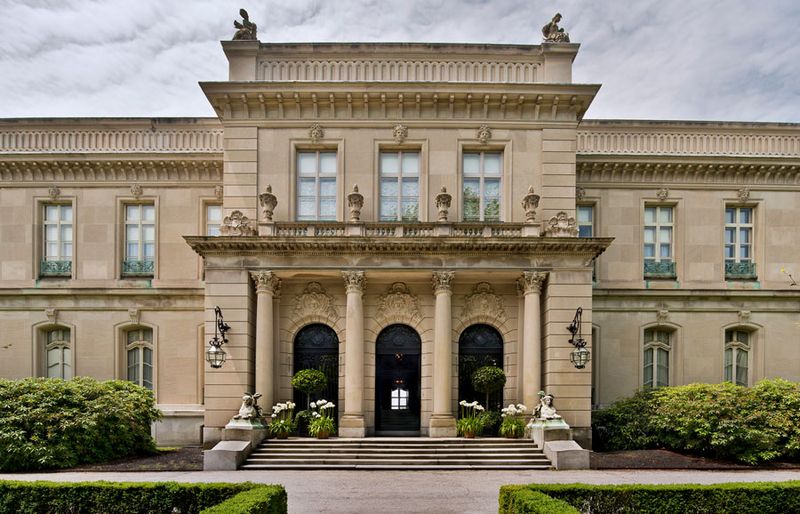
Coal magnate Edward Berwind commissioned this summer retreat modeled after the Château d’Asnières in France. Completed in 1901, the mansion featured groundbreaking technology hidden behind its classical facade.
Underground coal delivery tunnels, one of America’s first electrical systems, and an ice-making plant kept servants invisible while maintaining perfect comfort for guests.
5. Chateau-Sur-Mer

Before the Vanderbilts arrived, this Victorian mansion set Newport’s standard for luxury. Built in 1852 for China trade merchant William Wetmore, it was Newport’s most lavish residence for decades.
Famous for its carved wood interiors and stained glass, the home introduced European craftsmen to American high society through its elaborate Second Empire design.
6. Rough Point
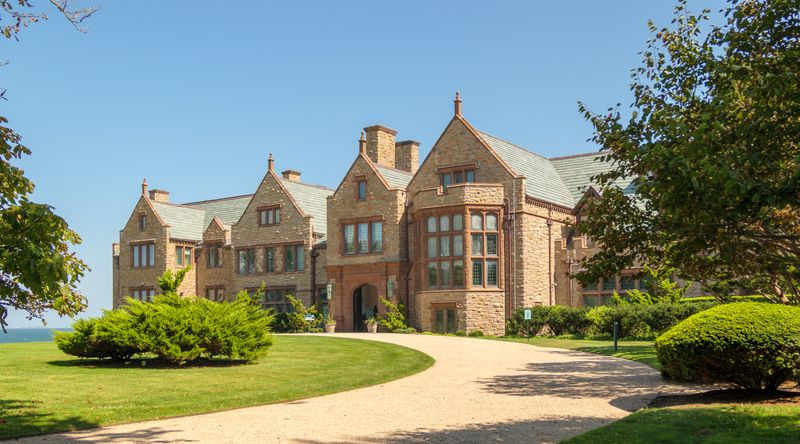
Tobacco heiress Doris Duke transformed this English manor-style mansion into her personal paradise. Built in 1887 and purchased by the Duke family in 1922, the estate features priceless art and antiques.
The eccentric heiress famously kept camels on the lawn and filled the rooms with treasures from her global travels.
7. Isaac Bell House
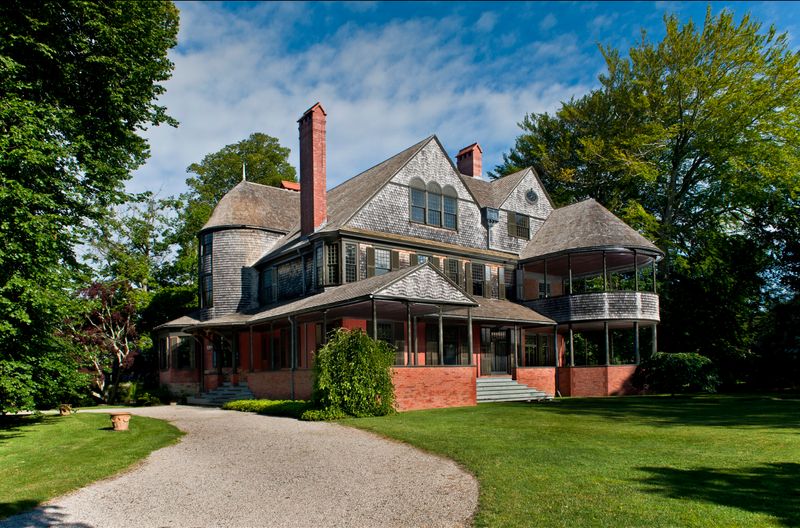
Architectural rebels McKim, Mead & White designed this revolutionary home in 1883. Unlike its classical neighbors, this masterpiece blends Colonial American, Japanese, and European influences into a uniquely American style.
Natural materials, asymmetrical design, and an open floor plan made it radically modern for its time.
8. Kingscote
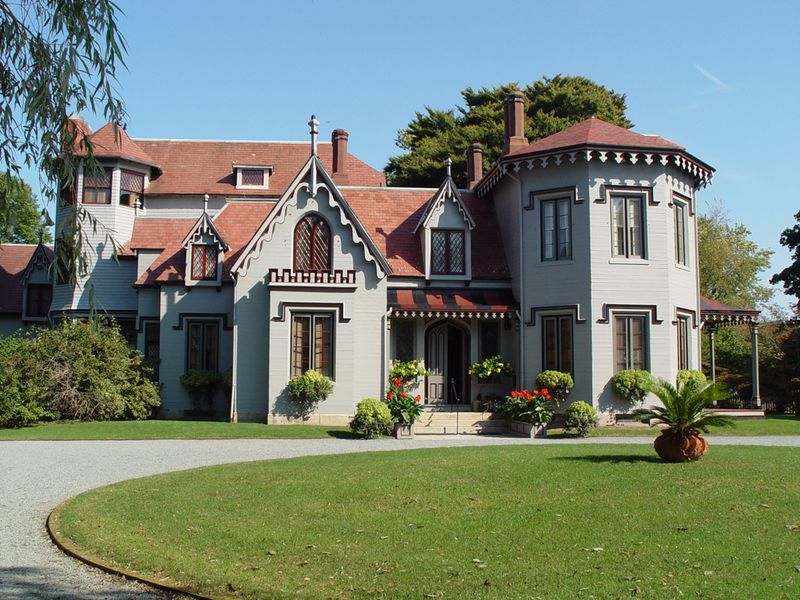
Among Newport’s oldest summer cottages, this charming Gothic Revival gem dates to 1839. Built for Southern plantation owner George Noble Jones, it features America’s earliest known dining room with cork floors and Japanese-inspired woodwork.
The house uniquely blends medieval influences with cutting-edge Victorian design elements.
9. Hunter House
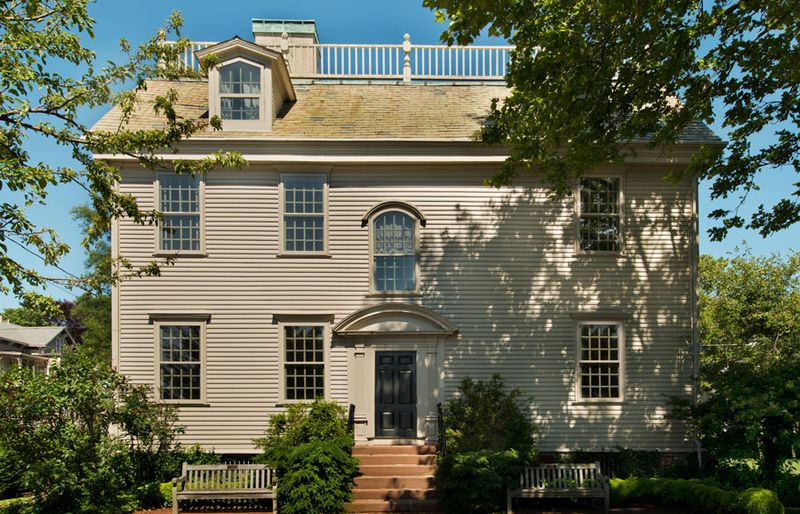
Predating the Gilded Age, this 1748 Georgian colonial mansion represents Newport’s first wave of prosperity. Built for Colonial Deputy Governor Jonathan Nichols Jr., its elegant simplicity contrasts dramatically with later Newport excess.
Famous for its exceptional woodwork, including a spectacular curved staircase and hand-carved interior details.
10. Belcourt Of Newport
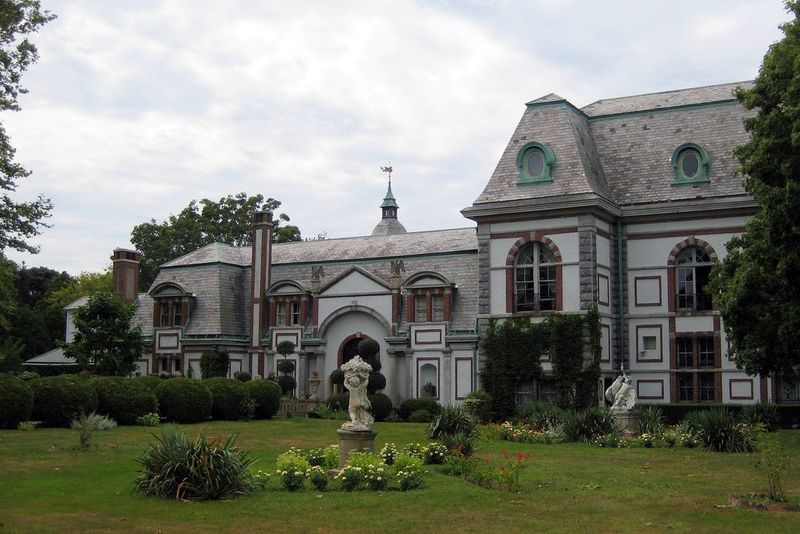
Oliver Hazard Perry Belmont built this peculiar summer residence around his obsession with horses. Completed in 1894, the first floor originally housed stables and carriage space, with living quarters above.
The 60-room mansion combines French hunting lodge style with medieval and Renaissance elements, including an entire banquet hall imported from France.
11. Ochre Court
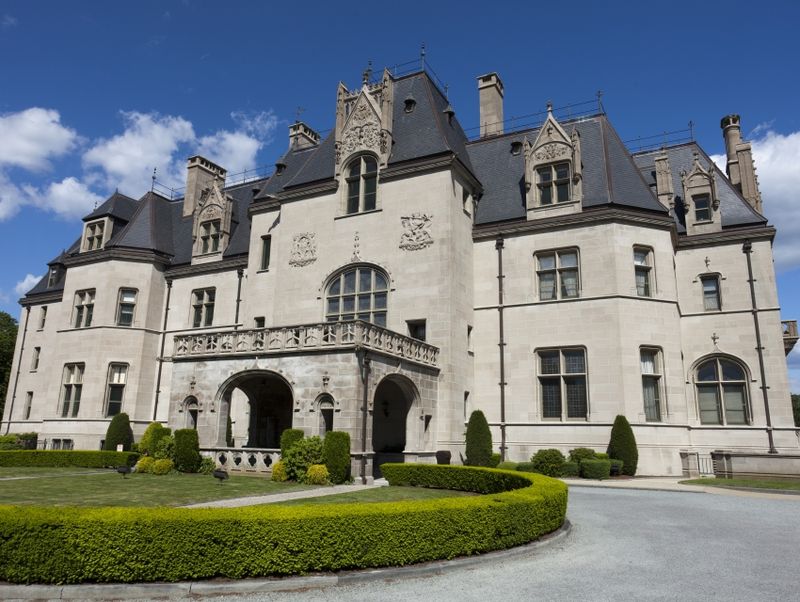
Banking heir Ogden Goelet commissioned this French Gothic masterpiece as a showplace for entertainment. Completed in 1892, its grand hall rises 50 feet with gold leaf and silver covering nearly every surface.
Now serving as Salve Regina University’s administration building, it maintains original features like a solid silver dining table.
12. Seaview Terrace

Whiskey baron Edson Bradley relocated parts of his Washington D.C. mansion to create this haunting chateau. Built between 1925-1929, it was the last of Newport’s great houses and incorporated architectural elements from Bradley’s dismantled D.C. home.
Famous as the filming location for TV’s “Dark Shadows,” its Gothic towers and gargoyles create an eerie silhouette.
13. Vinland Estate
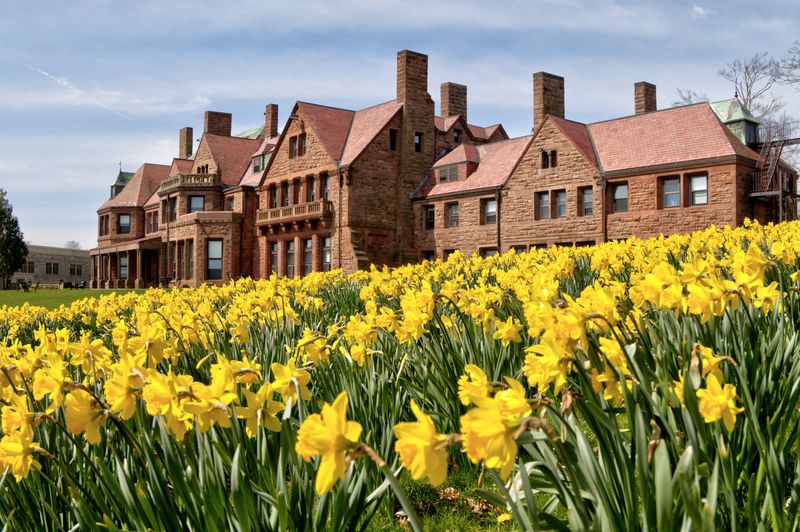
Tobacco heiress Catharine Lorillard Wolfe built this unusual mansion inspired by Norse mythology. Completed in 1882, its distinctive stonework features Viking motifs and runic inscriptions.
The home’s name references the Viking discovery of North America, with interior details showcasing Norse legends and medieval Scandinavian design elements.
14. Miramar
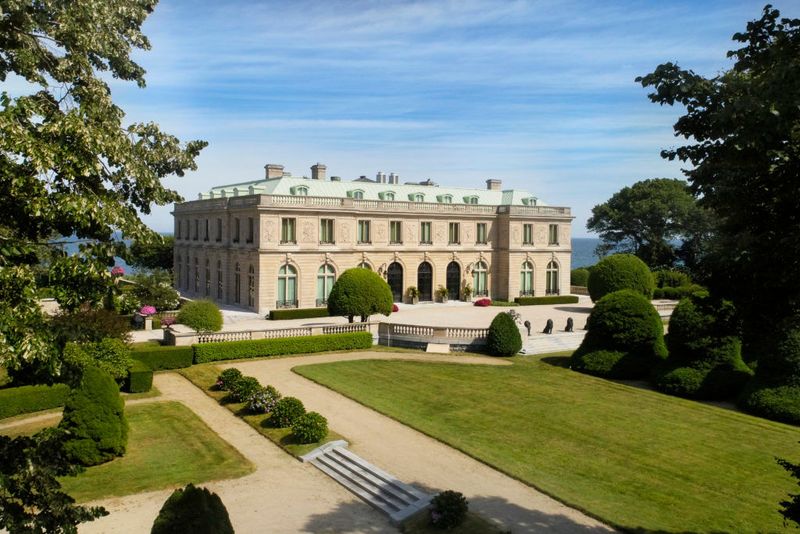
George Widener commissioned this 30,000-square-foot French neoclassical palace in 1914. After Widener perished on the Titanic, the estate was completed by his widow Eleanor.
Later owned by American ambassador to Russia Alexander Hamilton Rice, the mansion features a spectacular marble hall and formal gardens overlooking the Atlantic.
15. Belcourt Castle
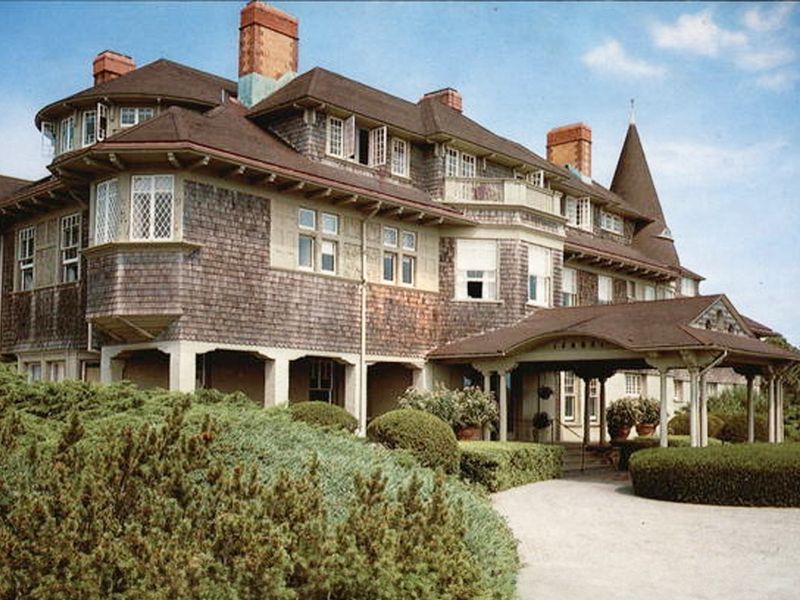
This seaside estate, once owned by socialites and later the childhood home of Jackie Kennedy, brings Newport elegance into the mid‑20th century.
With its Colonial‑Revival style, sweeping lawns, and iconic pink facade, Hammersmith Farm served as the backdrop for presidential visits and high‑society summer gatherings – blending continuity and charm in Newport’s storied estate tradition.
16. Edgehill
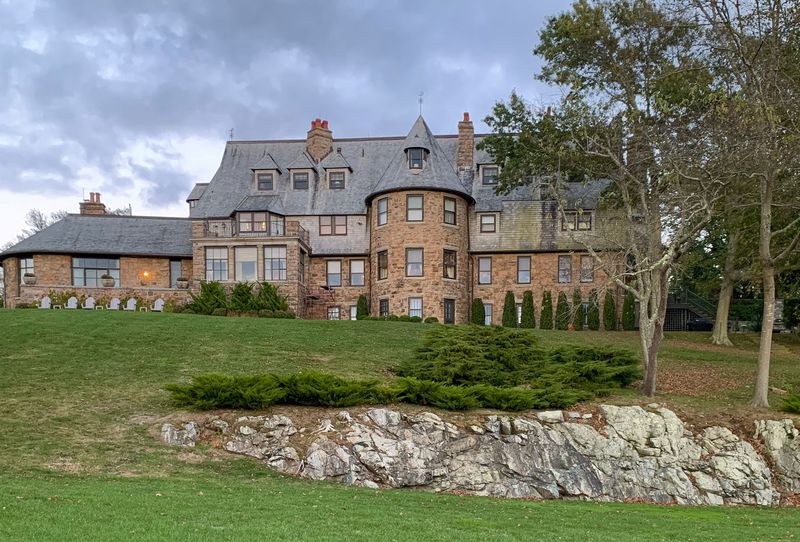
Railroad magnate George Peabody Wetmore created this sporting estate with America’s first private tennis court. Built in 1887, the mansion combined Queen Anne and Colonial Revival styles with extensive grounds for recreation.
The family hosted legendary tennis tournaments here decades before the sport became popular in America.
17. Fairholme
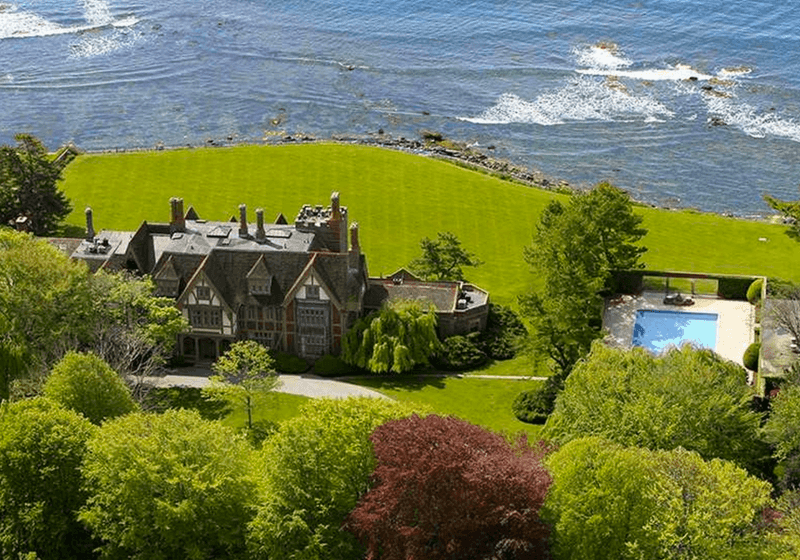
Philadelphia railroad heir E.J. Berwind created this Tudor Revival estate with spectacular ocean views. Built in 1875 and significantly expanded in 1905, the 20-acre property features a 300-foot ocean frontage.
The mansion’s distinctive green copper roof and stone towers create an unforgettable silhouette against the Atlantic backdrop.
18. Chepstow

Railroad executive Edmund Schermerhorn built this Italianate villa as Newport’s social scene expanded. Completed in 1860, the mansion later became home to Emily Morris Gallatin, whose art collection still adorns its walls today.
Chepstow’s distinctive cupola and elaborate bracketed cornices exemplify the Italian villa style that predated Newport’s French classical trend.
19. Elmsford

Less ostentatious than its neighbors, this Arts and Crafts movement gem emphasized handcrafted details over gilded opulence. Built in 1889 for copper magnate James L. Breese, it featured innovative design by architect Stanford White.
Elmsford’s hand-carved woodwork, natural materials, and integrated furniture exemplified the American Craftsman philosophy.
20. Beechwood Cottage
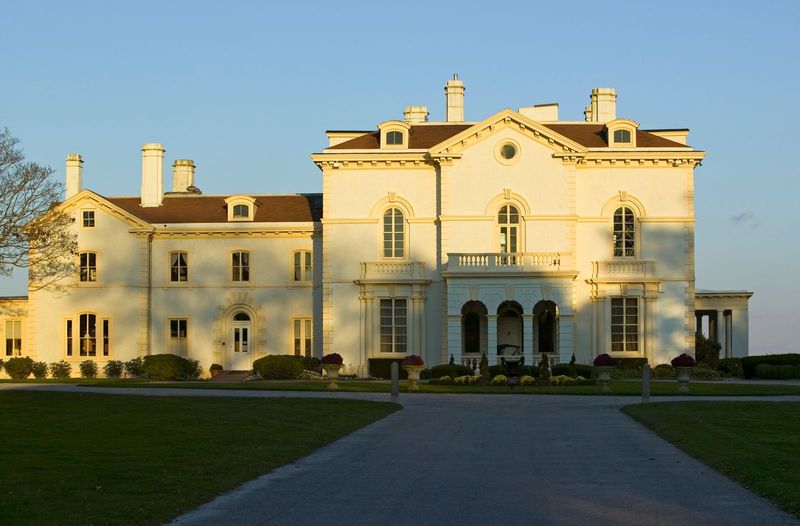
Caroline Astor, America’s unquestioned social arbiter, ruled Newport society from this classical revival mansion. Purchased in 1881, Mrs. Astor expanded it to accommodate her famous summer balls limited to exactly 400 guests.
The ballroom ceiling could be retracted on summer evenings, allowing guests to dance beneath the stars.


